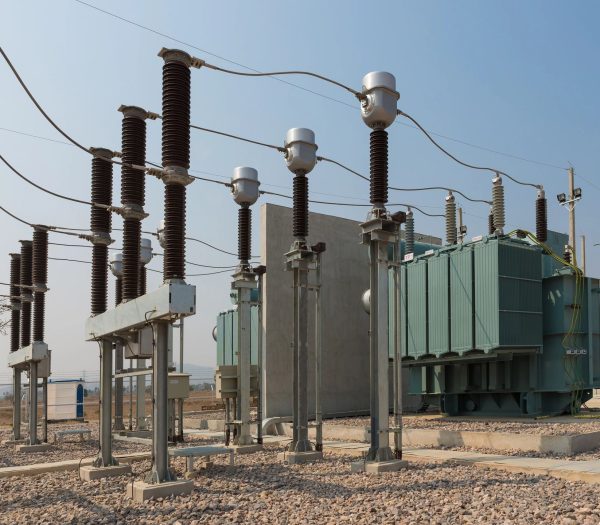Bay Erection
Check Akuntha’s Service for your Bay Erection Project.
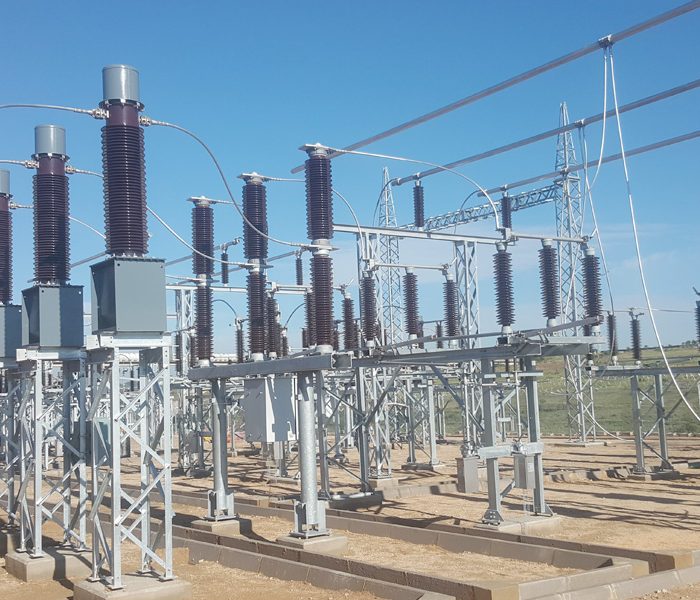
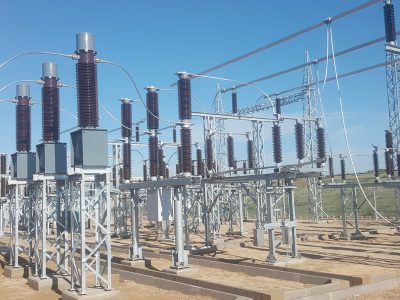
Bay Erection
Bay erection plays a vital role as a fundamental component in the construction of substations.
We excel in efficiently installing and interconnecting electrical components within substations.
Our team of skilled professionals possesses a wealth of experience in managing this intricate process.
Our unwavering commitment to quality and safety ensures that we maintain the highest standards throughout bay erection.
Types of Bay Erection
01
Transformer Bay Erection
Line Bay Erection
02
Transformer Bay Erection
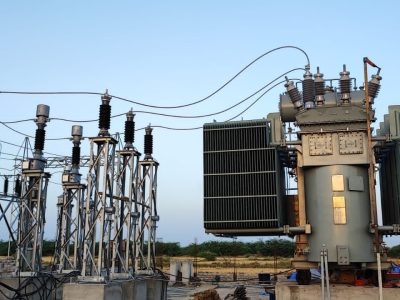
We specialise in the seamless and efficient installation of transformer bays. Our highly skilled team specialises in handling transformers, setting up control panels, and integrating protection devices. We recognize the critical nature of this task and implement rigorous testing and commissioning procedures to ensure optimal performance and insulation integrity.
Our approach is tailored to meet the unique requirements of each project, guaranteeing proper coordination with all components involved. You can rely on us for reliable and customised transformer bay solutions that adhere to the highest standards of quality and safety.
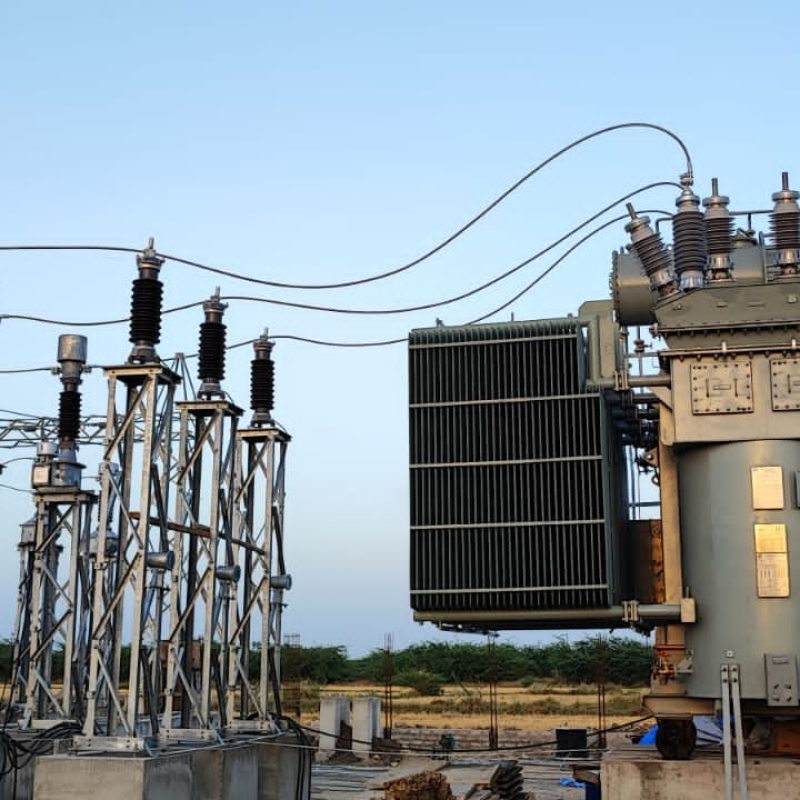
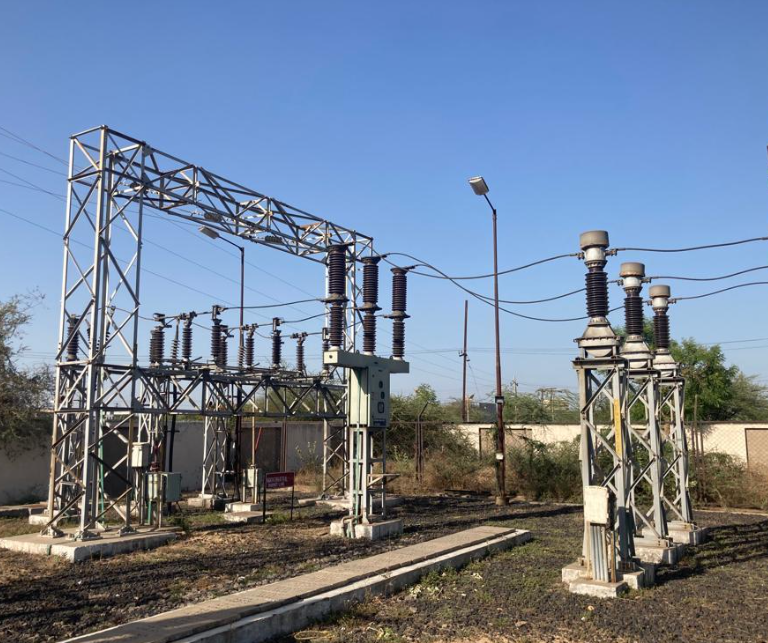
Line Bay Erection
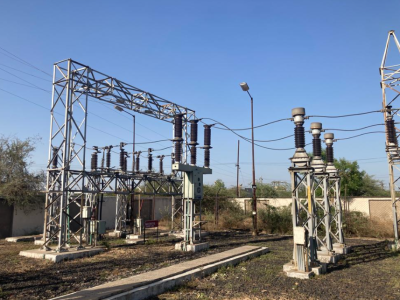
We excel in efficient line bay erection services. We install and integrate essential equipment for seamless power transfer between substations and transmission lines. Our expertise includes the precise installation of line disconnectors, circuit breakers, surge arrestors, line current transformers, and control systems.
We prioritize proper alignment, grounding, and secure connection of transmission lines to ensure reliable and safe operation. Thorough testing and commissioning processes validate the performance and compliance of the lines.
Need for Bay Erection
Bay erection is a key aspect of substation construction. Our dedicated teams meticulously handle the installation and interconnection of electrical equipment within bays, including switchgear, transformers, and control systems. We prioritise efficiency, adhering to stringent timelines and maintaining uncompromising standards of quality and safety throughout the erection process.
Bay Erection: Overview of the Process
At Akuntha, we specialise in the meticulous process of bay erection for electrical substations. Our team understands the criticality of this process and ensures that every step is executed with precision, expertise, and a strong emphasis on safety and reliability. Here is a detailed overview of the bay erection process we follow
Site Preparation
We begin by thoroughly preparing the site for bay erection. This includes clearing the area of any obstructions and levelling the ground. We also conduct checks to identify and address any underground utilities that could potentially impact the installation process.
Foundations
The next step involves constructing robust foundations for the bay. These foundations are engineered to support the weight of the equipment and withstand the environmental conditions of the substation. Our skilled team handles tasks such as trench digging, concrete pouring, and installation of steel reinforcement bars.
Equipment Installation
With the foundations in place, we proceed to install the necessary equipment. This typically includes circuit breakers, disconnect switches, and other control equipment. Our experts meticulously position each component according to the design specifications, ensuring proper connections in line with industry standards.
Wiring and Cabling
After the equipment installation, we carefully route the wiring and cabling within the bay. This crucial step involves connecting the equipment to the control room and other bays in the substation. We prioritise efficient routing to minimise interference and mitigate the risk of damage.
Testing and Commissioning
Once the wiring and cabling are completed, we conduct comprehensive testing and commissioning of the bay. Our skilled technicians perform a series of tests to ensure proper functionality and compliance with industry standards. These tests encompass insulation resistance, transformer ratio, circuit breaker, and other critical assessments.
Maintenance and Inspection
After the bay is commissioned, we emphasise regular maintenance and inspection to ensure ongoing optimal performance. Our team conducts routine testing of the equipment and thorough inspections to detect any signs of wear or damage. If any issues are identified, we promptly address them to mitigate the risk of failures or outages.
Frequently Asked Questions
Bay erection is the process of assembling and installing electrical equipment in a substation. A substation is a self-contained unit that contains all the equipment necessary to control and distribute electricity to a specific area.
Bay erection is crucial in substation projects as it ensures the proper functioning and integration of electrical components. It allows for the efficient transmission, distribution, and control of power within the substation, enabling reliable and safe operation.
The steps involved in bay erection vary depending on the type of substation and the equipment being erected. However, the general steps involved as follow:
- Site preparation
- Foundation construction
- Erection of the switchgear
- Erection of the transformers
- Erection of the other equipment
- Testing and commissioning
Yes, bay erection can be customised to meet the specific requirements of a project. It involves collaboration between engineering teams, project stakeholders, and substation designers to ensure that the bay layout, equipment selection, and integration align with the project’s goals and technical specifications.
Key safety considerations during bay erection include wearing appropriate personal protective equipment (PPE) and following proper lockout/tagout procedures for electrical safety. Fall protection, equipment/machinery safety, fire safety, handling hazardous materials, safety training, and site security are also crucial.
Testing and maintenance are of utmost importance in bay erection to ensure the reliability, functionality, and safety of the constructed bay. Testing validates the proper operation of equipment and systems, while maintenance helps identify and address issues, ensuring optimal performance and minimising the risk of failures or outages
